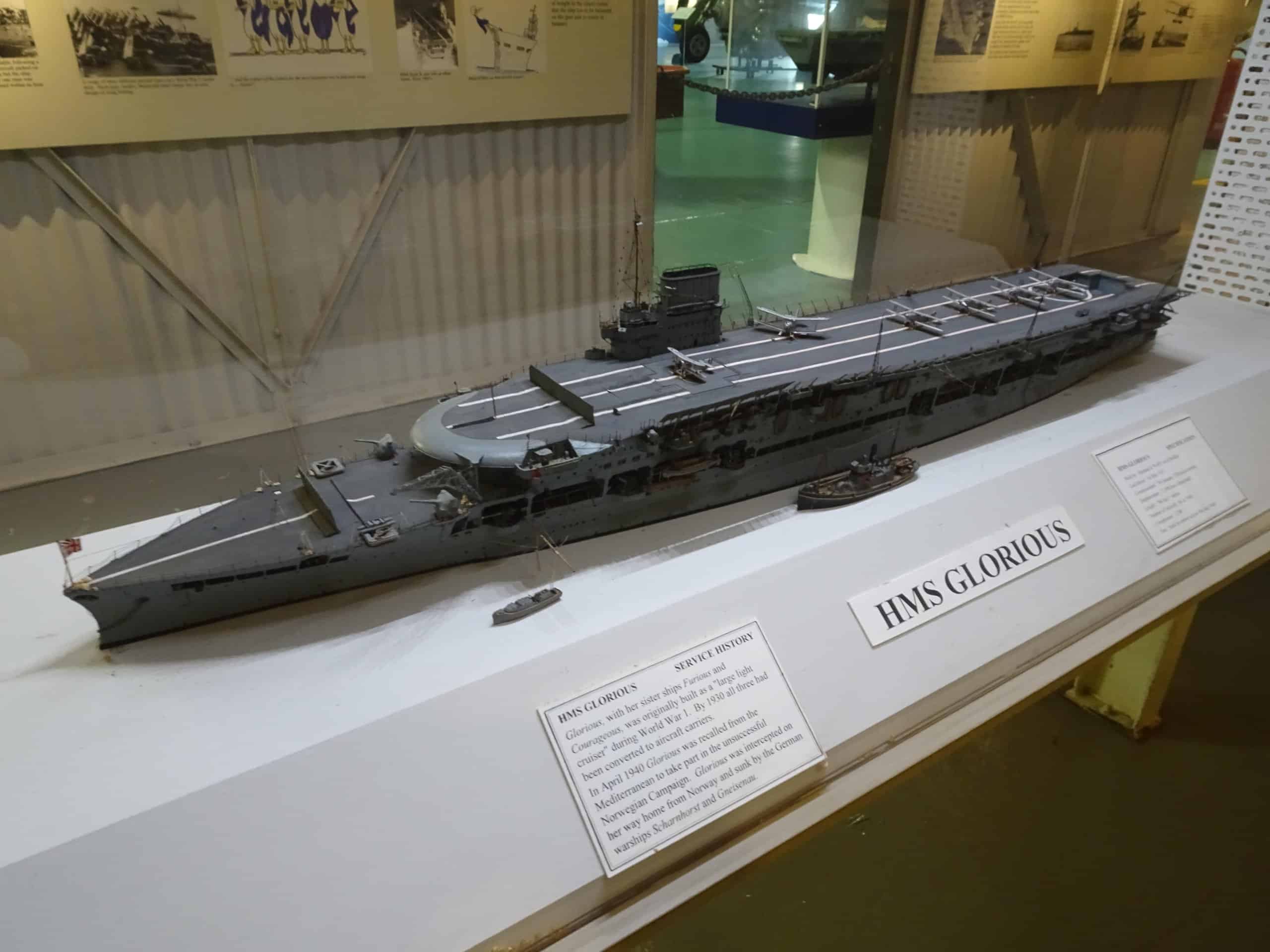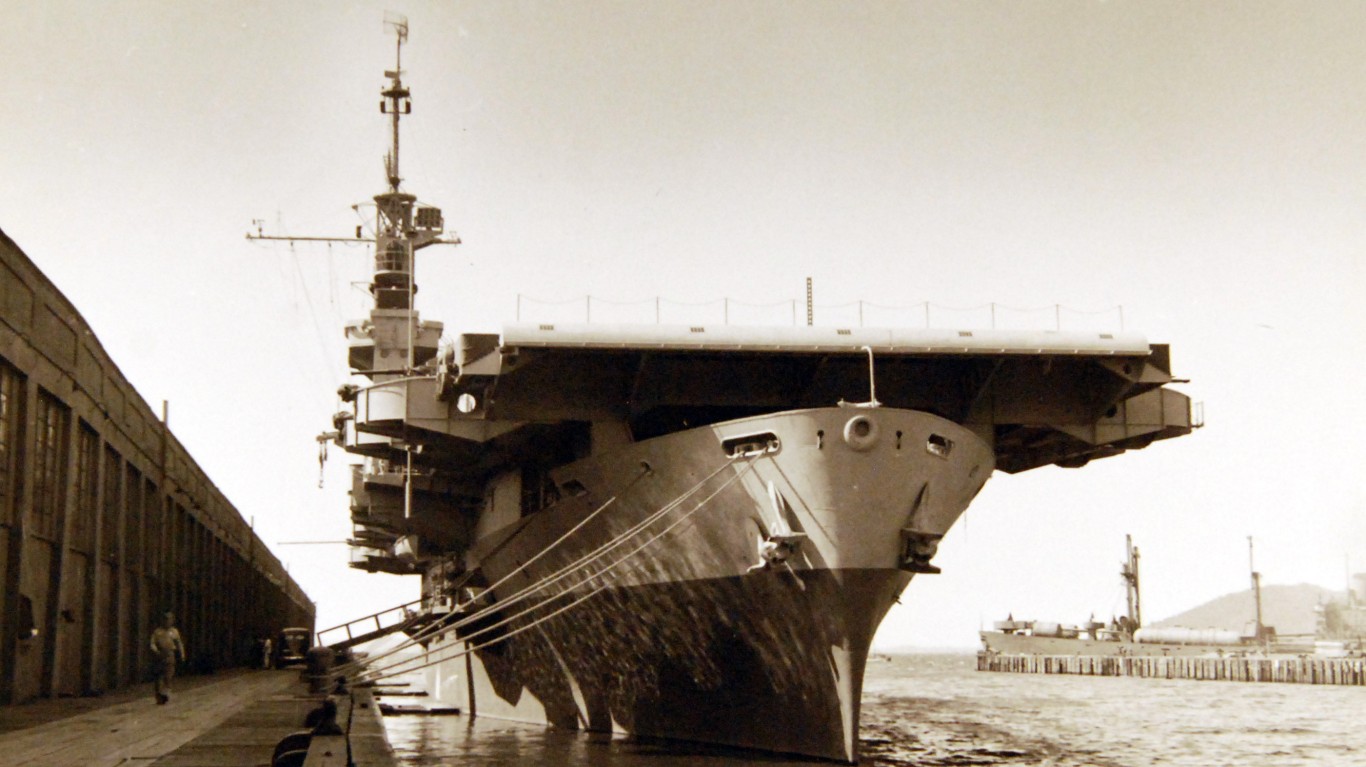
During World War II, aircraft carriers emerged as some of the most important military assets, fundamentally changing how war would be waged for decades to come. Aircraft carriers allowed for the rapid deployment of fighter planes, bombers, and reconnaissance aircraft, which enabled militaries to project power over great distances. (These are the newest aircraft carriers in U.S. Navy history.)
The loss of any aircraft carrier during the war represented a huge strategic setback. On the Allied side there were several notable carriers that were sunk, each symbolizing the how costly World War II had become.
Here, 24/7 Wall St. is taking a closer look at some of the critical naval losses suffered by the Allies in World War II. To identify the U.S. and Allied aircraft carriers that were lost in World War II, 24/7 Wall St. reviewed various historical and military sources. We ordered these aircraft carriers chronologically from when they were sunk. We included supplemental information regarding the classification of vessels, aircraft it could house, casualties, and where it was sunk.
One of the most significant losses was the USS Hornet (CV-8), sunk during the Battle of the Santa Cruz Islands in October 1942. This battle was part of the broader Guadalcanal Campaign, where the Hornet played a critical role before being overwhelmed by Japanese aircraft.
At the same time, the USS Lexington (CV-2) was lost at the Battle of the Coral Sea in May 1942. This battle marked the first time in naval history that opposing ships engaged without sighting each other, relying entirely on aircraft to wage the battle. The loss of the Lexington was a major blow to the U.S. Navy, but the battle itself was a strategic victory. (These are the aircraft carrier fleets of the world’s major powers, ranked.)
Here is a look at the U.S. and Allied aircraft carriers that were lost in World War II:
Why Are We Covering This?
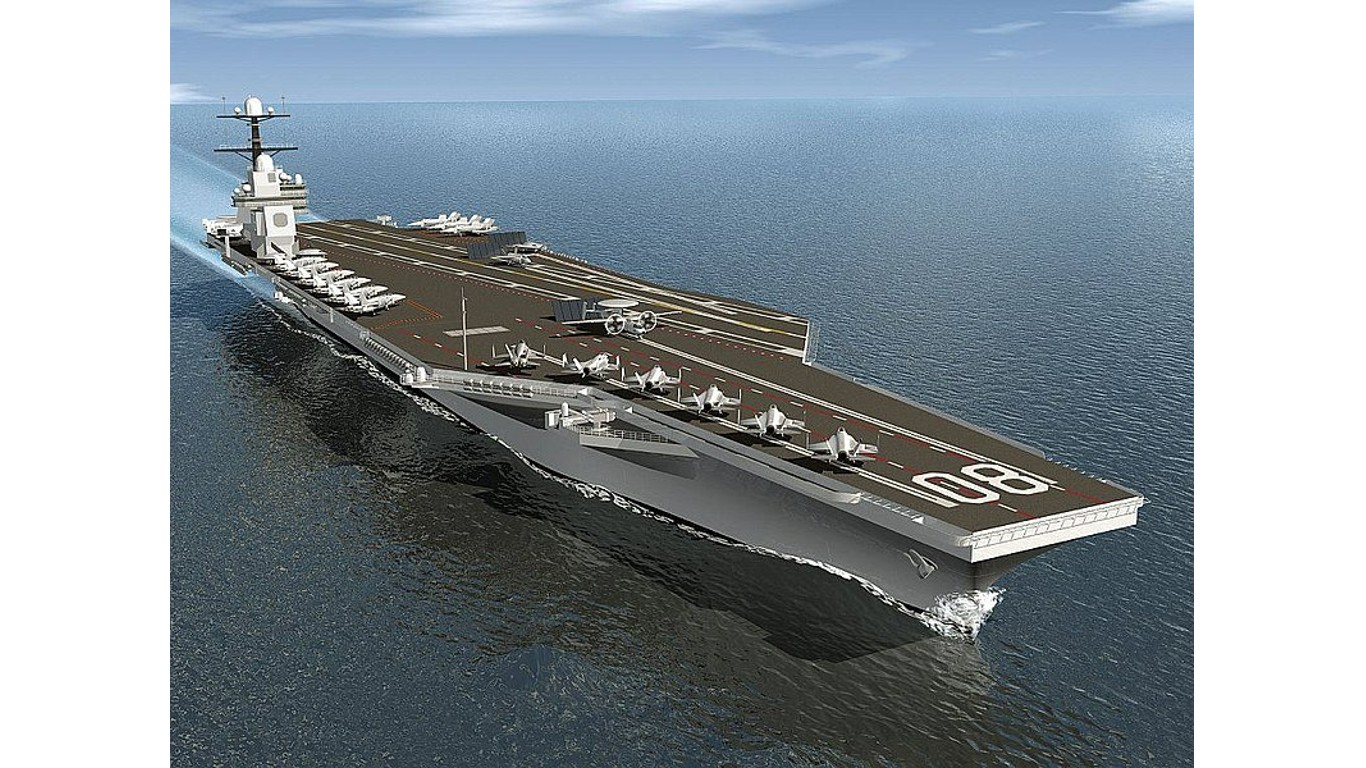
These losses illustrate not only the vulnerabilities of aircraft carriers but also their indispensable role in World War II. They were the principal platforms for air superiority, essential for reconnaissance, offensive operations, and as protective escorts for convoys and fleet movements. The evolution of naval warfare during World War II, with carriers at the forefront, set the stage for modern naval strategies centered around air power.
HMS Courageous (50)
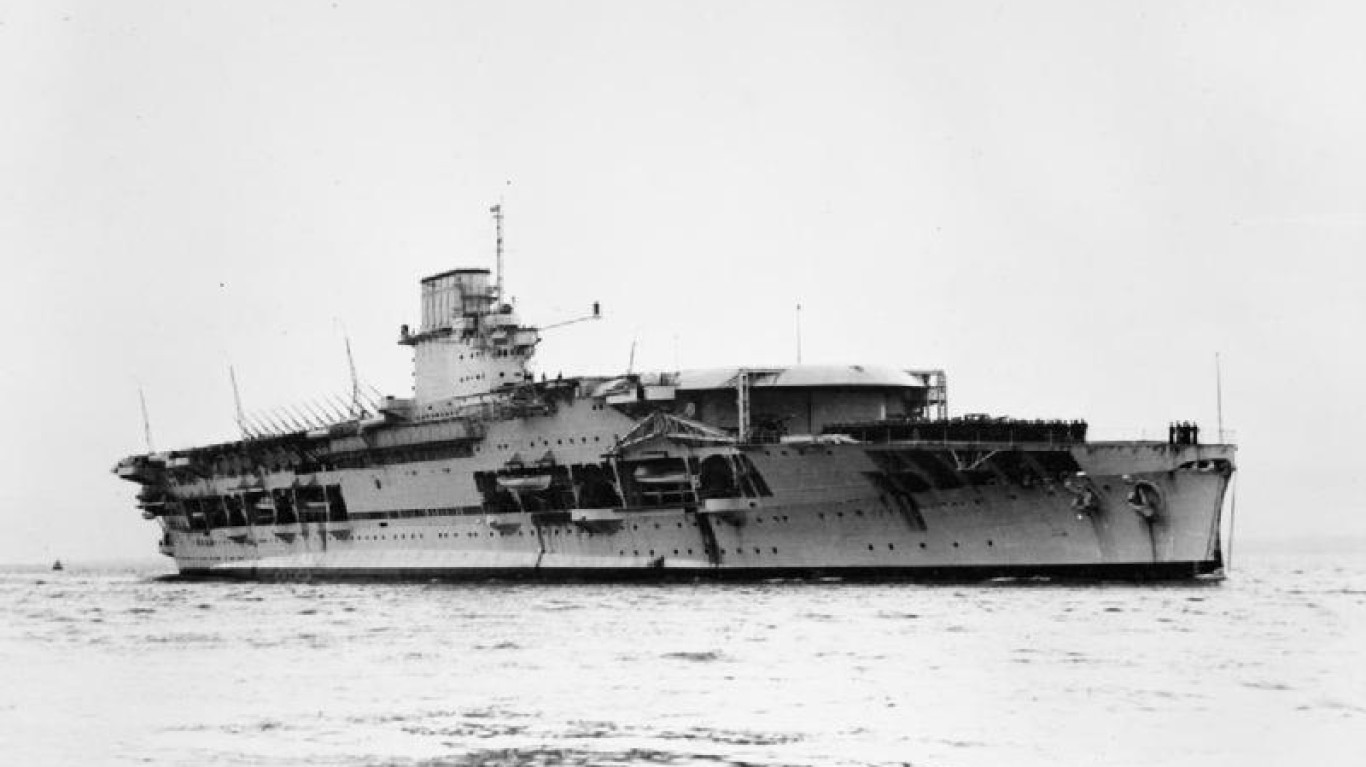
- Class: Courageous-class
- Date of sinking: September 17, 1939
- Location: North Atlantic
- Aircraft: 48
- Casualties: 519
HMS Glorious
- Class: Courageous-class
- Date of sinking: June 8, 1940
- Location: Norwegian Sea
- Aircraft: 48
- Casualties: 1207
HMS Ark Royal (91)

- Class: N/A
- Date of sinking: November 14, 1941
- Location: Western Mediterranean Sea
- Aircraft: 60
- Casualties: 1
HMS Audacity
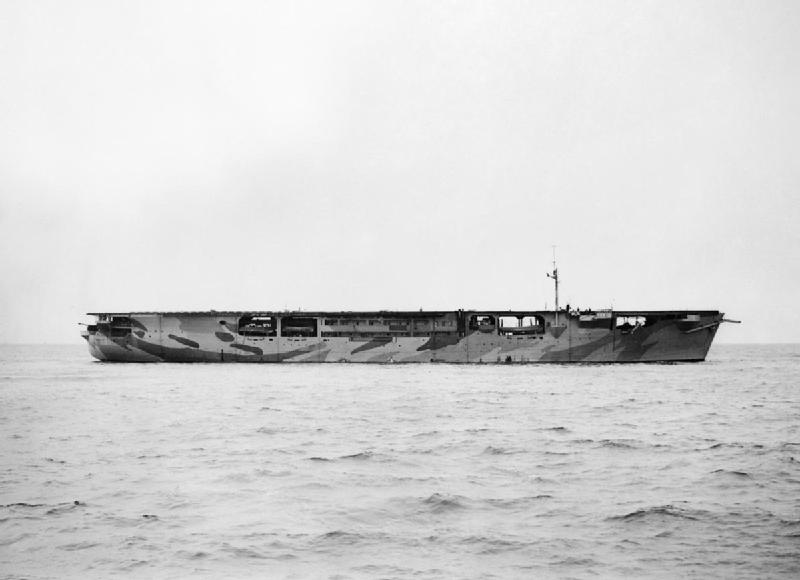
- Class: N/A
- Date of sinking: December 21, 1941
- Location: North Atlantic
- Aircraft: 8
- Casualties: 73
USS Langely (CV-1)
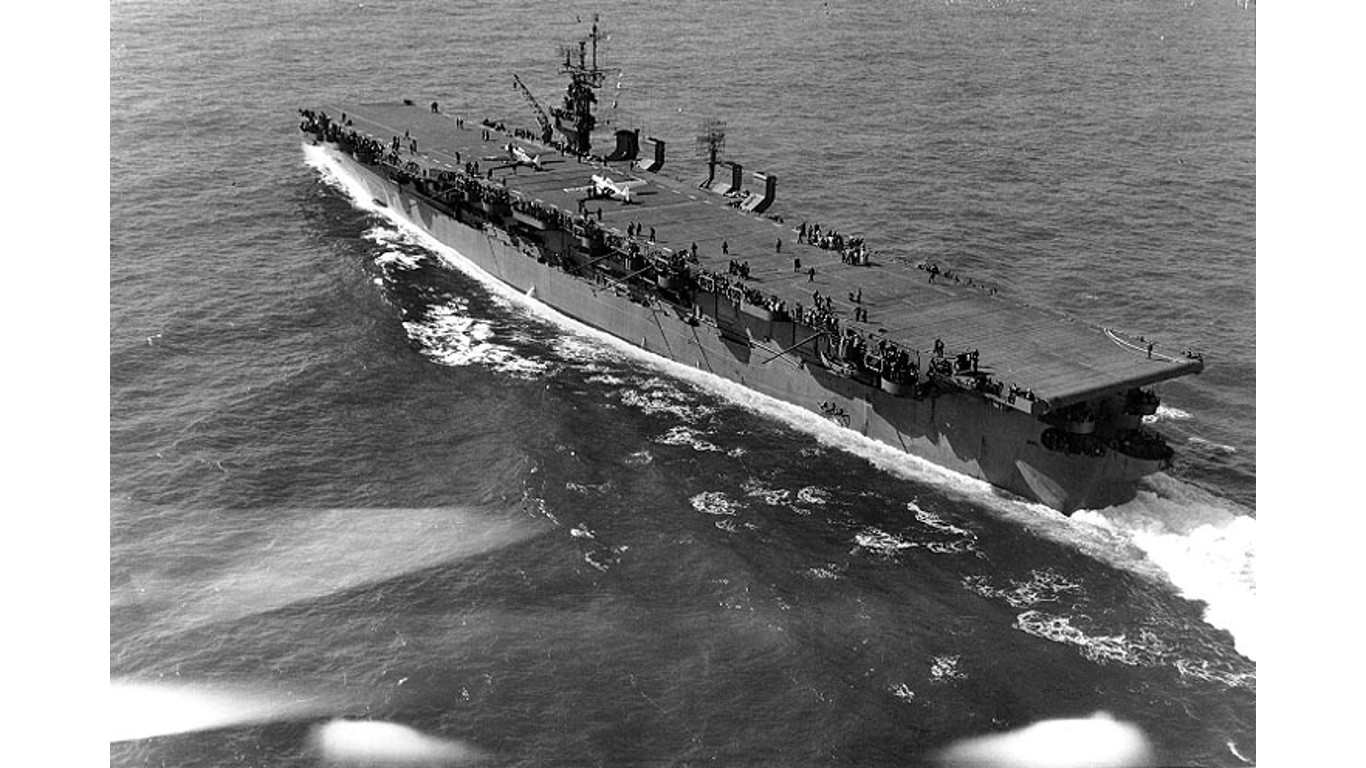
- Class: Proteus-class
- Date of sinking: February 27, 1942
- Location: Tjilatjap Harbor
- Aircraft: 34
- Casualties: 319
HMS Hermes (95)
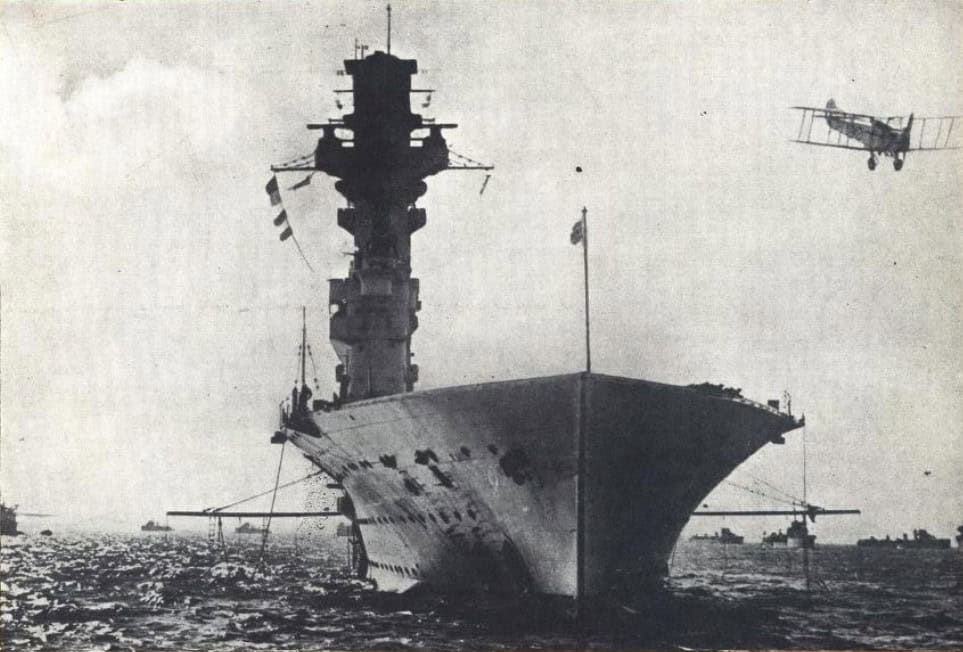
- Class: N/A
- Date of sinking: April 9, 1942
- Location: Indian Ocean
- Aircraft: 20
- Casualties: 307
USS Lexington (CV-2)
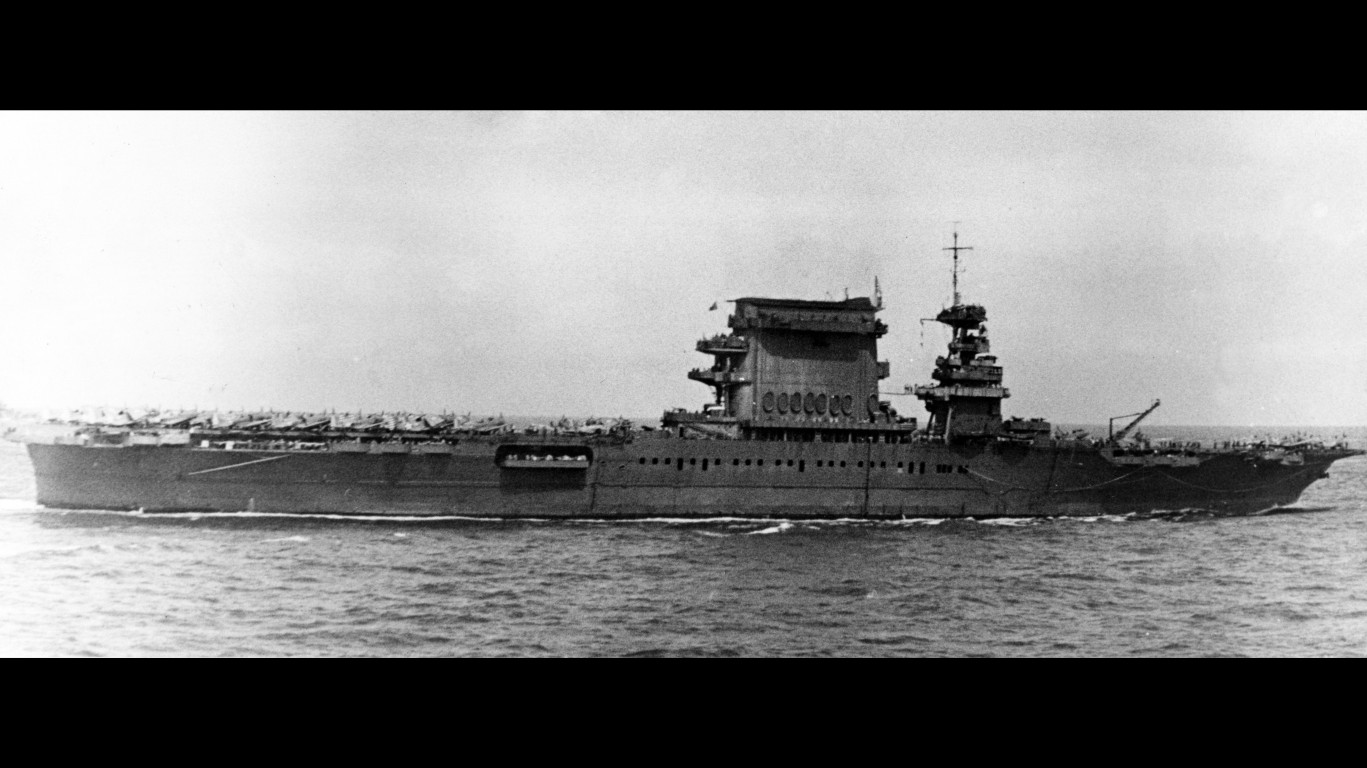
- Class: Lexington-class
- Date of sinking: May 8, 1942
- Location: Coral Sea
- Aircraft: 91
- Casualties: 216
USS Yorktown (CV-5)
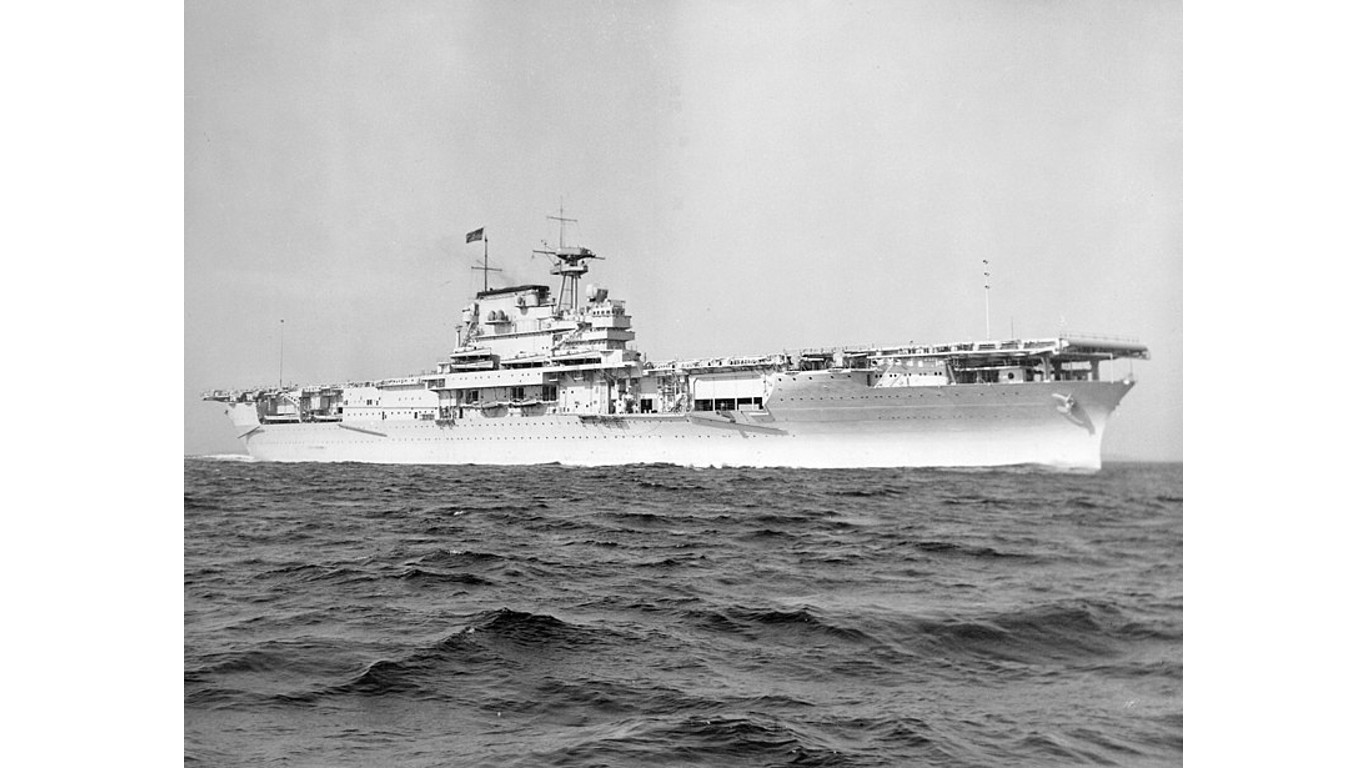
- Class: Yorktown-class
- Date of sinking: June 7, 1942
- Location: Midway Island
- Aircraft: 90
- Casualties: 141
HMS Eagle (1918)
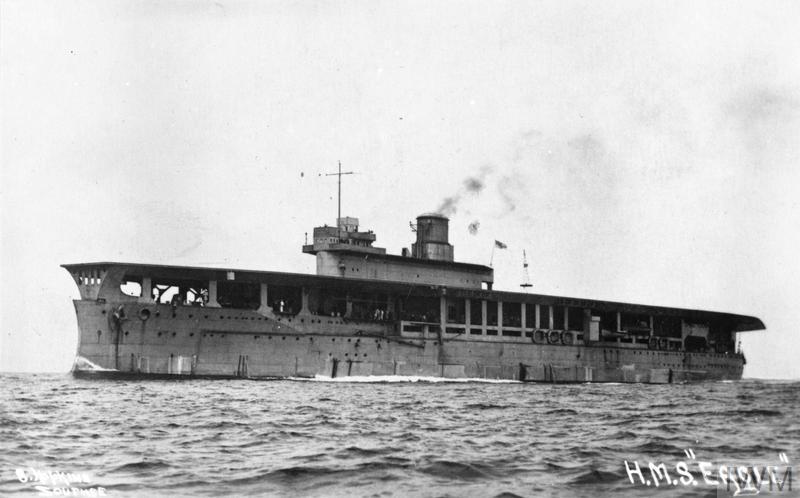
- Class: Almirante Latorre-class
- Date of sinking: August 11, 1942
- Location: Western Mediterranean Sea
- Aircraft: 30
- Casualties: 131
USS Wasp (CV-7)
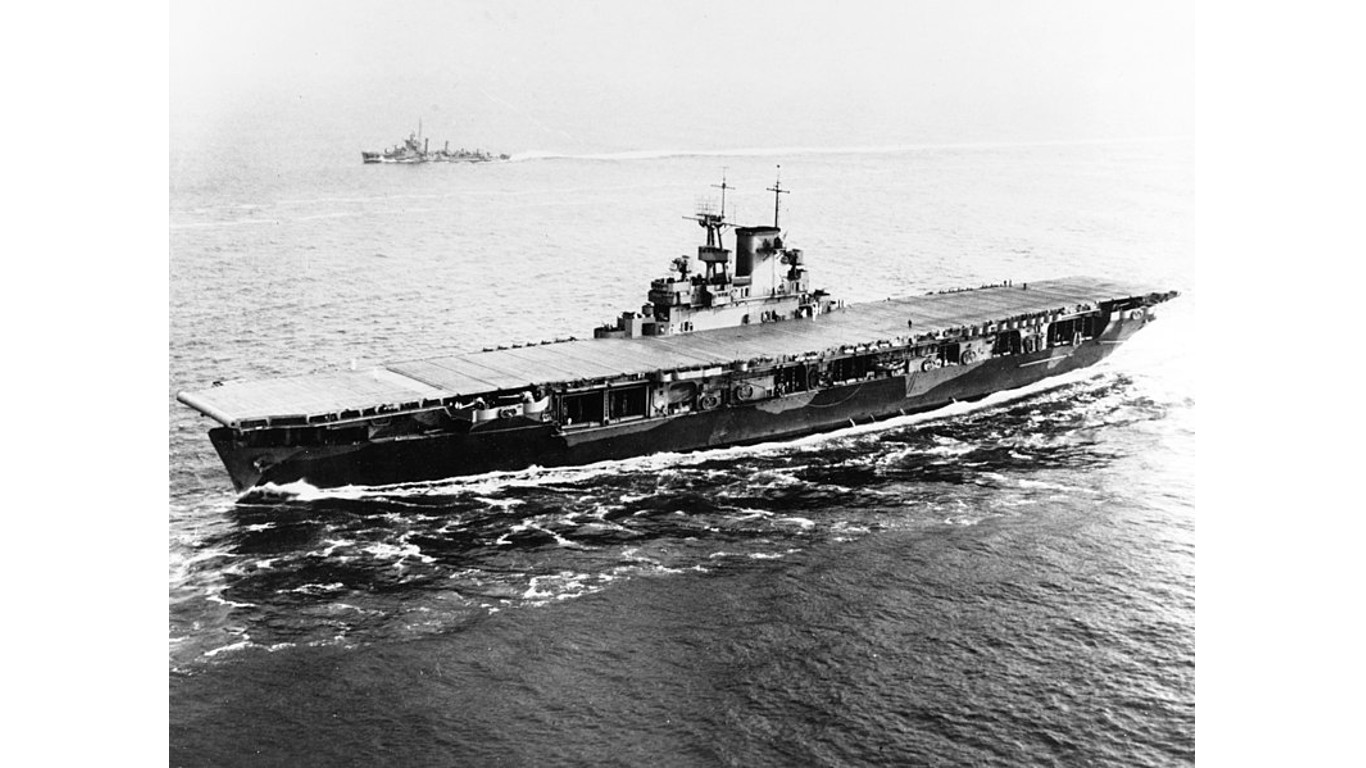
- Class: Wasp-class
- Date of sinking: September 15, 1942
- Location: San Cristobal Island
- Aircraft: 76
- Casualties: 193
USS Hornet (CV-8)
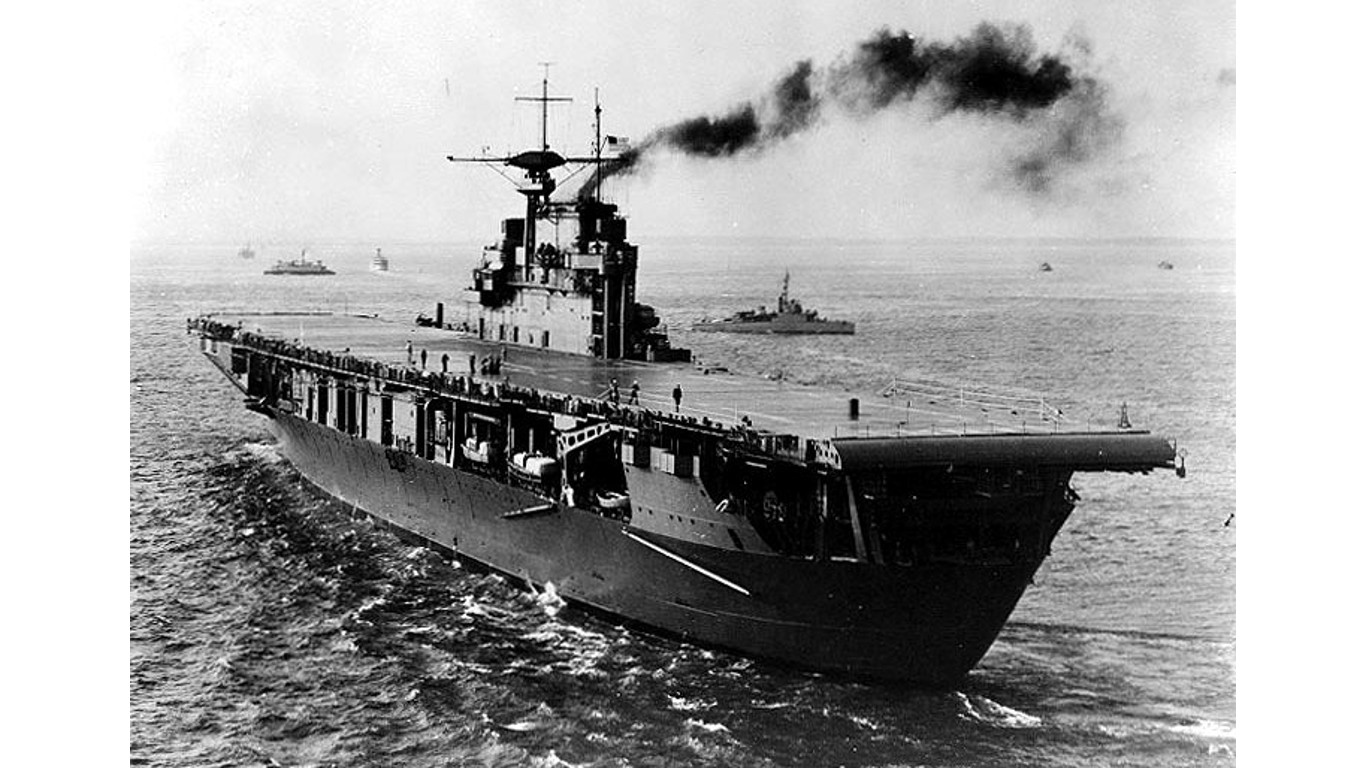
- Class: Yorktown-class
- Date of sinking: October 27, 1942
- Location: Santa Cruz Islands
- Aircraft: 90
- Casualties: 140
HMS Avenger (D14)
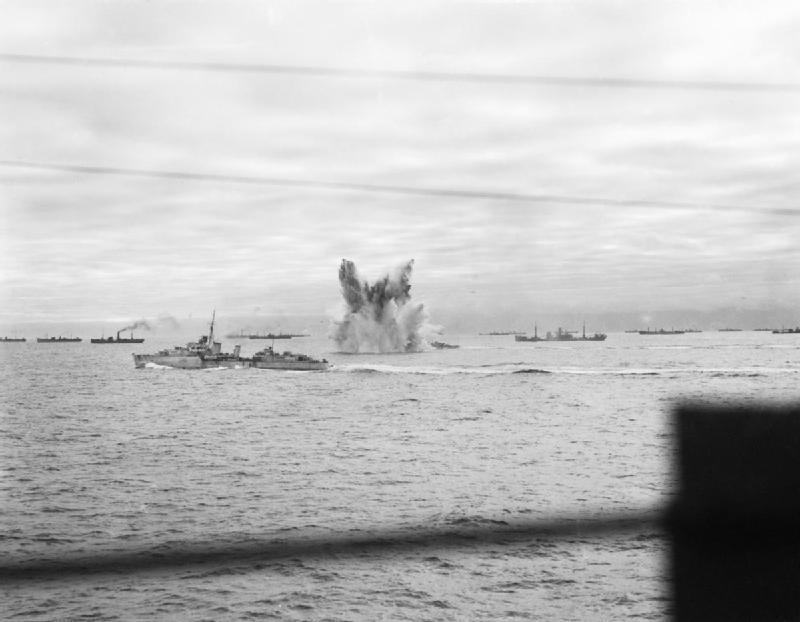
- Class: Avenger-class
- Date of sinking: November 15, 1942
- Location: Near Strait of Gibraltar
- Aircraft: 15
- Casualties: 516
HMS Dasher (D37)
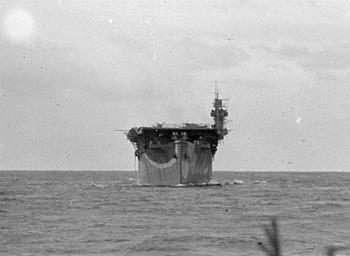
- Class: Avenger-class
- Date of sinking: March 27, 1943
- Location: Firth of Clyde
- Aircraft: 15
- Casualties: 379
USS Liscome Bay (CVE-56)

- Class: Casablanca-class
- Date of sinking: November 24, 1943
- Location: Butaritan Island
- Aircraft: 28
- Casualties: 702
USS Block Island (CVE-21)
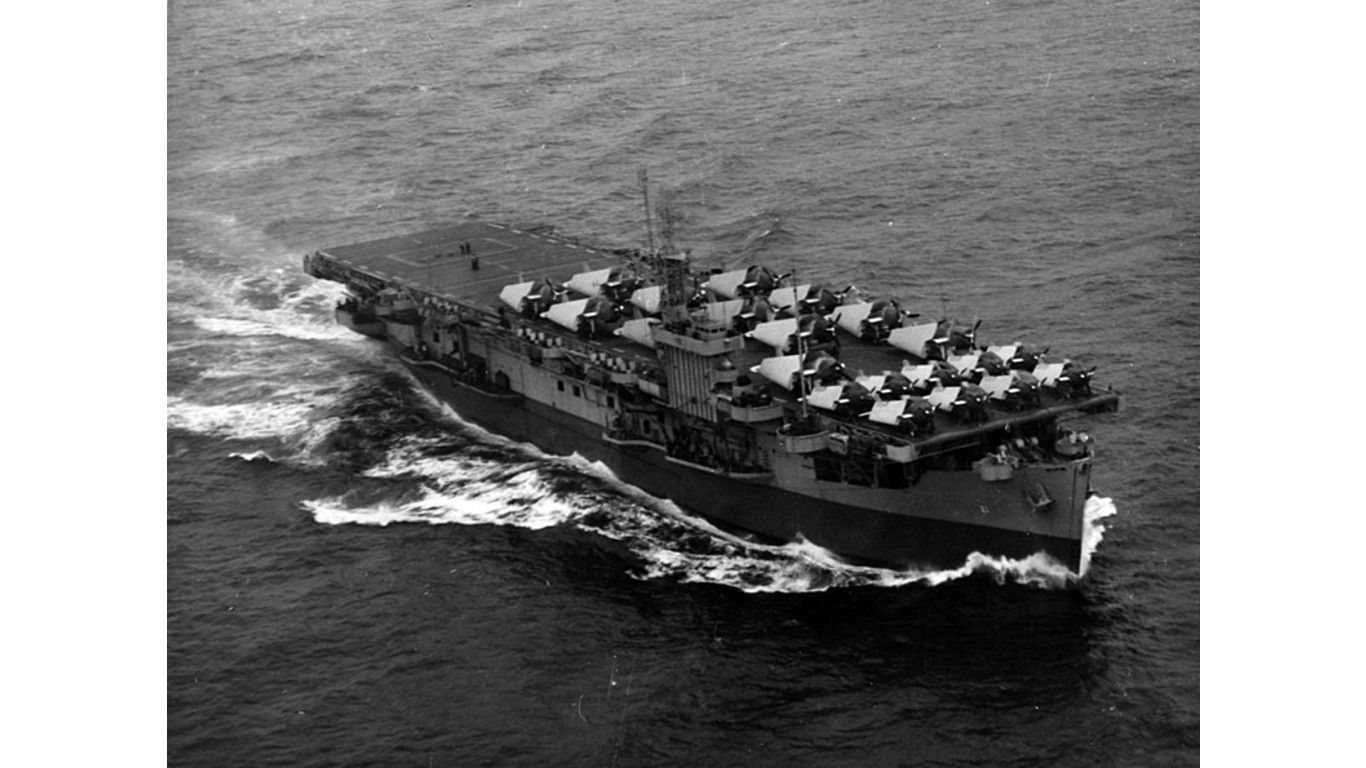
- Class: Bogue-class
- Date of sinking: May 29, 1944
- Location: Canary Islands
- Aircraft: 24
- Casualties: 6
USS Princeton (CVL-23)
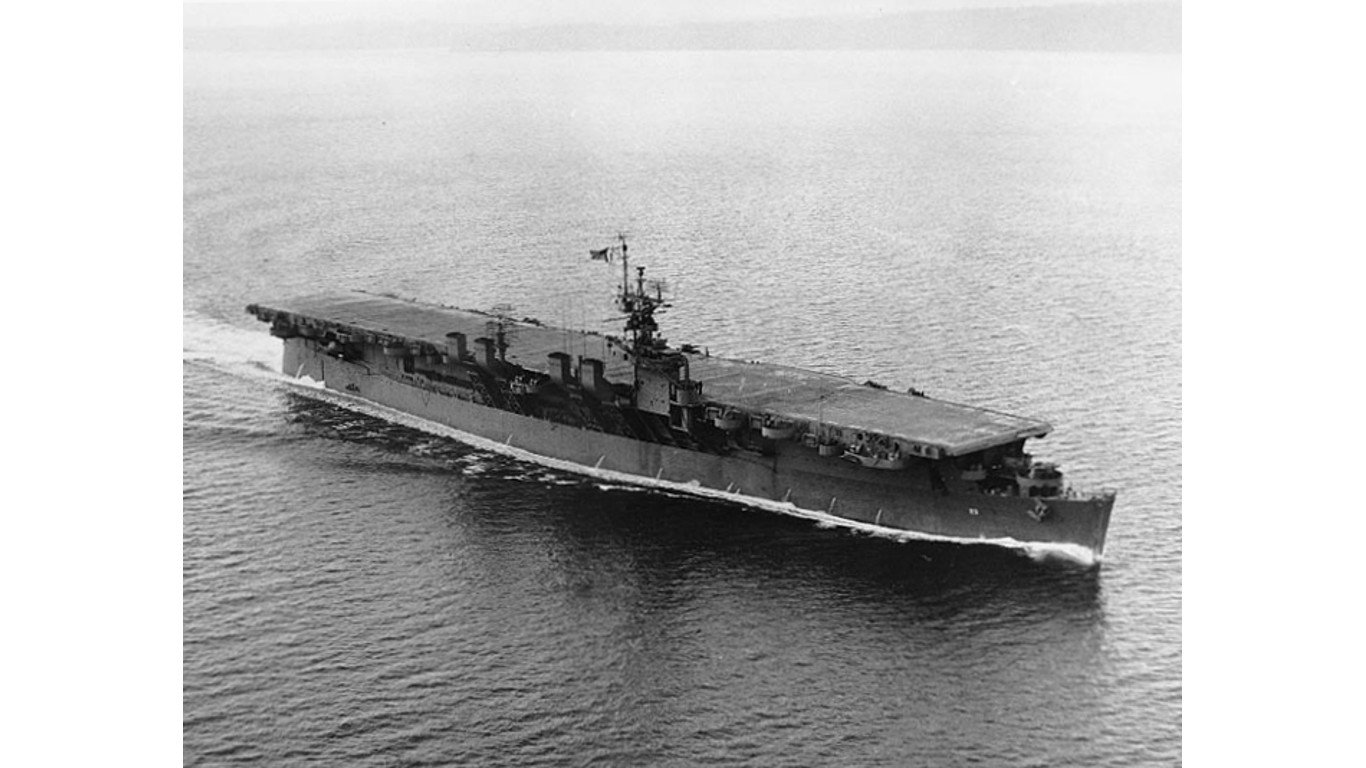
- Class: Independence-class
- Date of sinking: October 24, 1944
- Location: Leyte Gulf
- Aircraft: 45
- Casualties: 108
USS Gambier Bay (CVE-73)
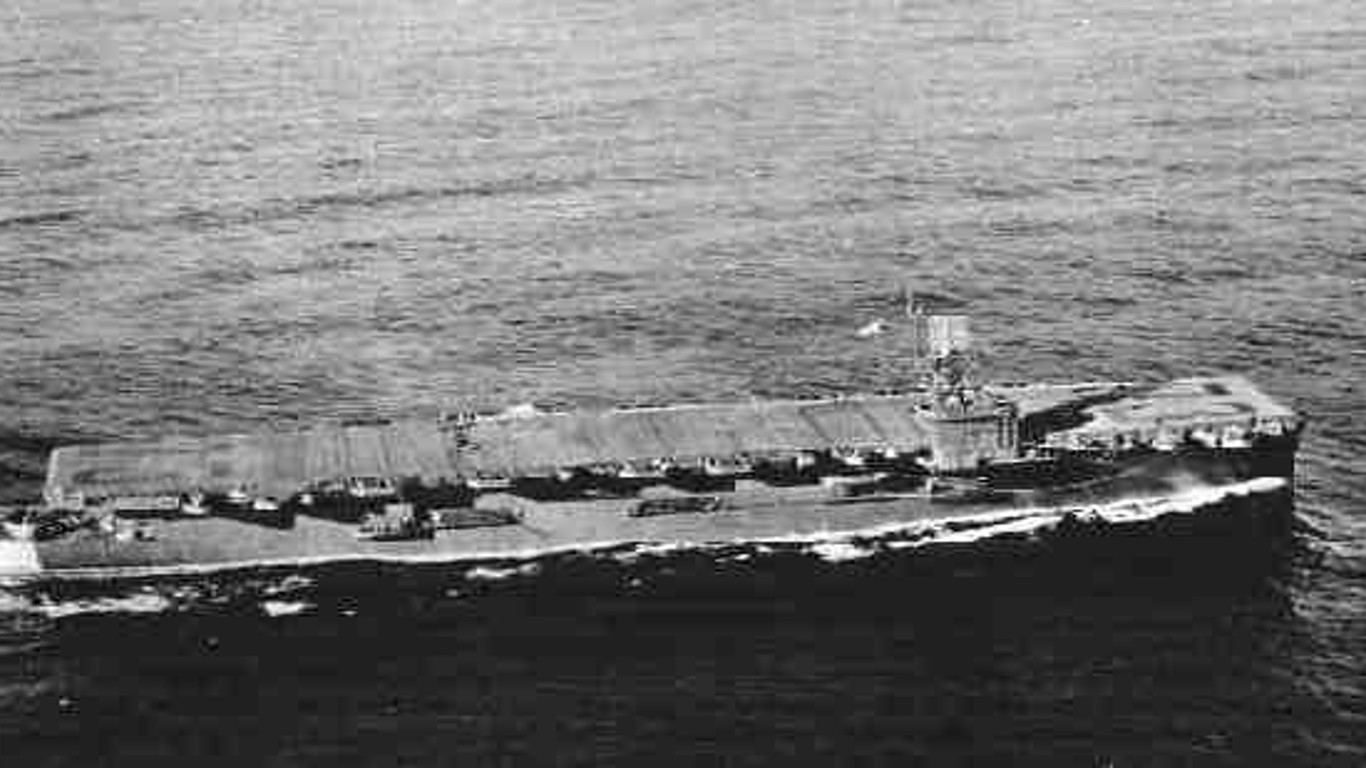
- Class: Casablanca-class
- Date of sinking: October 25, 1944
- Location: Samar Island
- Aircraft: 28
- Casualties: 147
USS St. Lo (CVE-63)
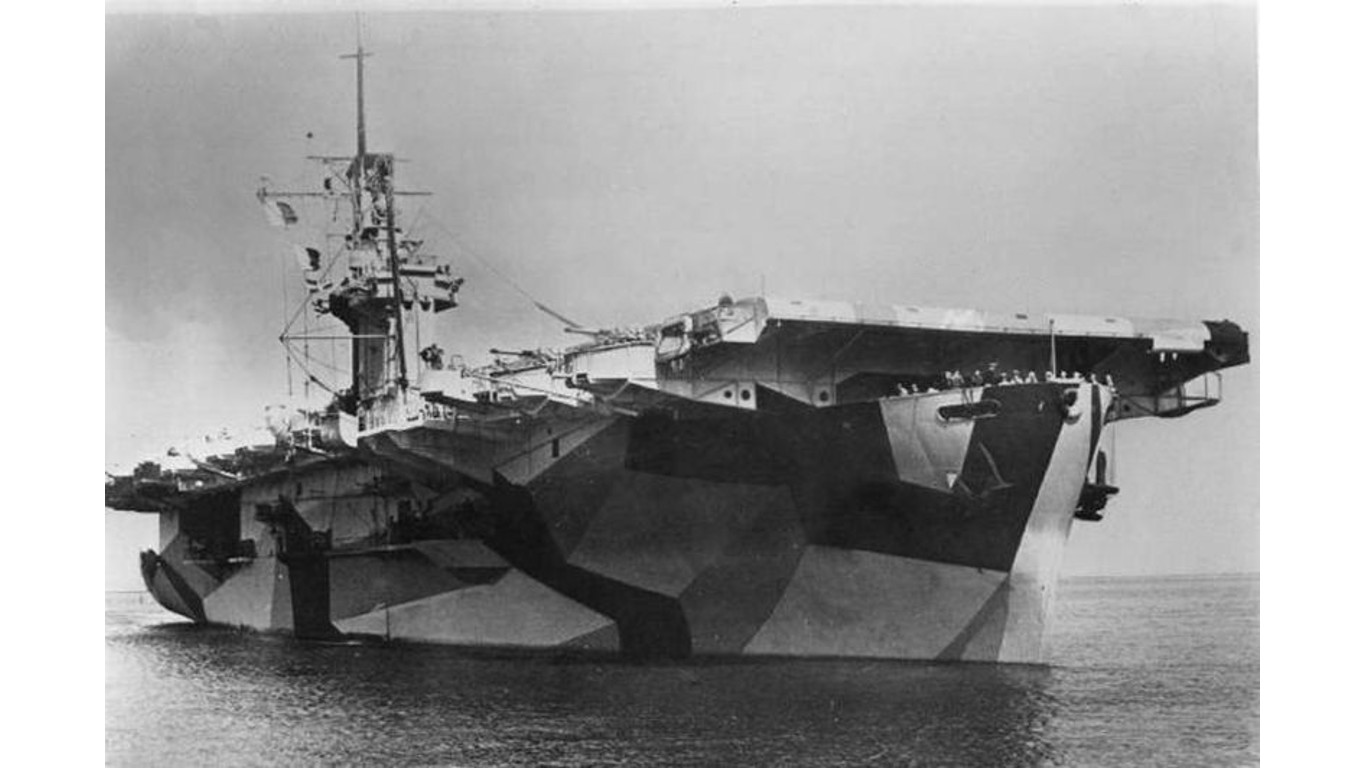
- Class: Casablanca-class
- Date of sinking: October 25, 1944
- Location: Leyte Gulf
- Aircraft: 28
- Casualties: 143
USS Ommaney Bay (CVE-79)
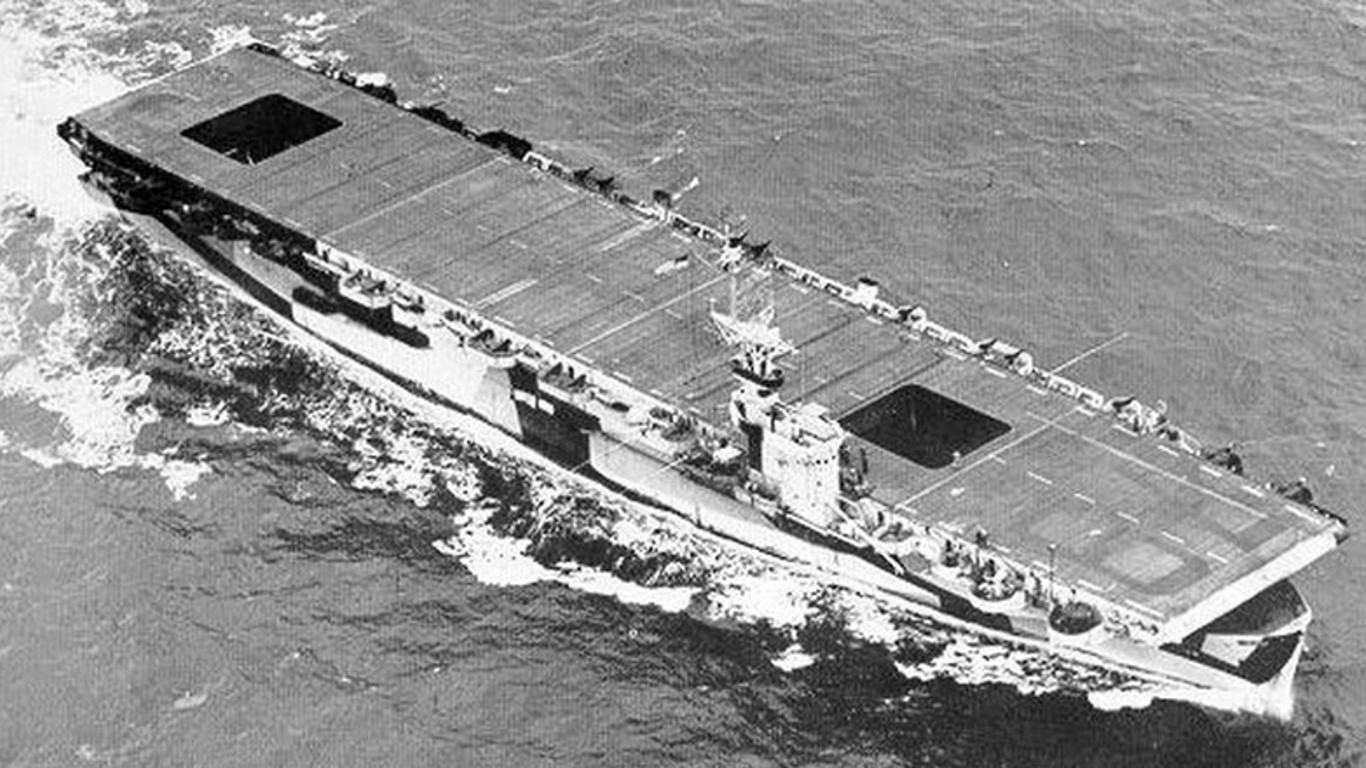
- Class: Casablanca-class
- Date of sinking: January 4, 1945
- Location: Sulu Sea
- Aircraft: 28
- Casualties: 95
USS Bismark Sea (CVE-95)
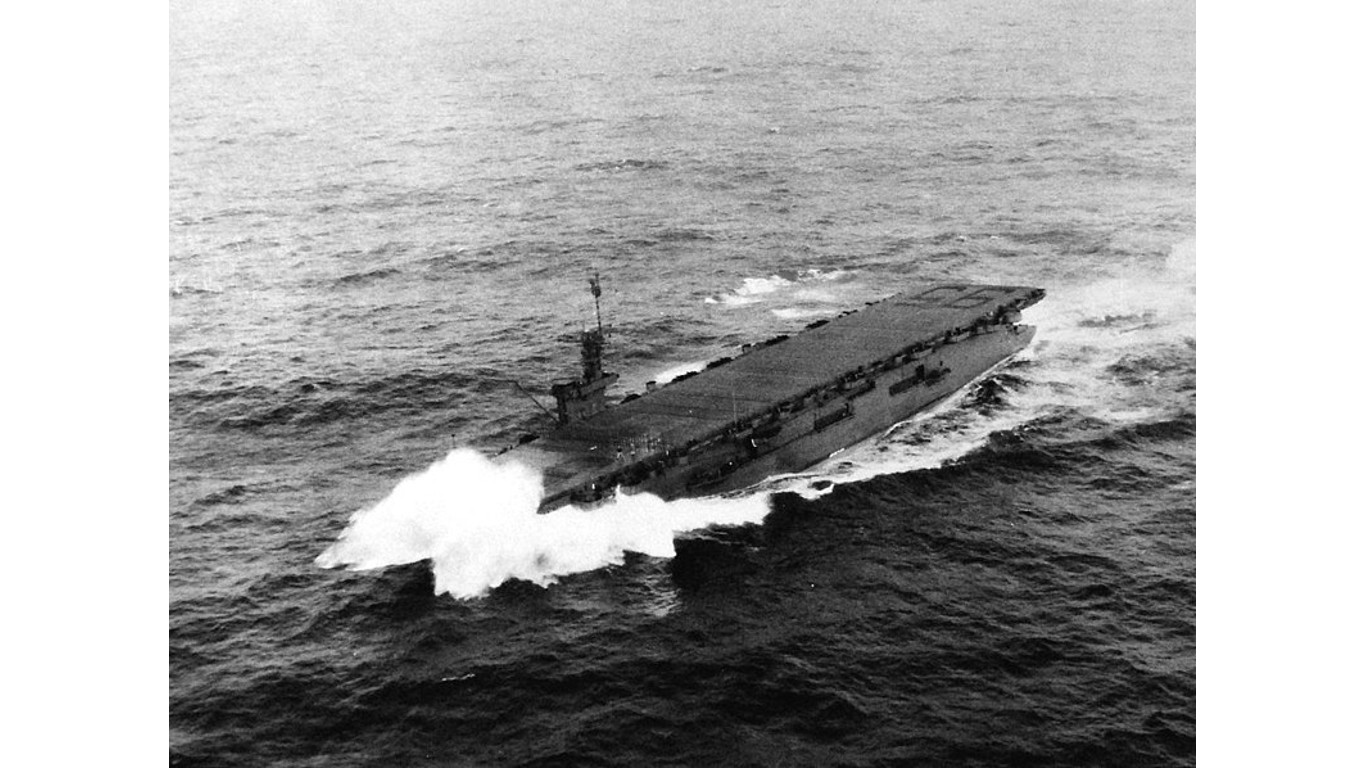
- Class: Casablanca-class
- Date of sinking: February 21, 1945
- Location: Iwo Jima
- Aircraft: 27
- Casualties: 318
Get Ready To Retire (Sponsored)
Start by taking a quick retirement quiz from SmartAsset that will match you with up to 3 financial advisors that serve your area and beyond in 5 minutes, or less.
Each advisor has been vetted by SmartAsset and is held to a fiduciary standard to act in your best interests.
Here’s how it works:
1. Answer SmartAsset advisor match quiz
2. Review your pre-screened matches at your leisure. Check out the advisors’ profiles.
3. Speak with advisors at no cost to you. Have an introductory call on the phone or introduction in person and choose whom to work with in the future
Thank you for reading! Have some feedback for us?
Contact the 24/7 Wall St. editorial team.
